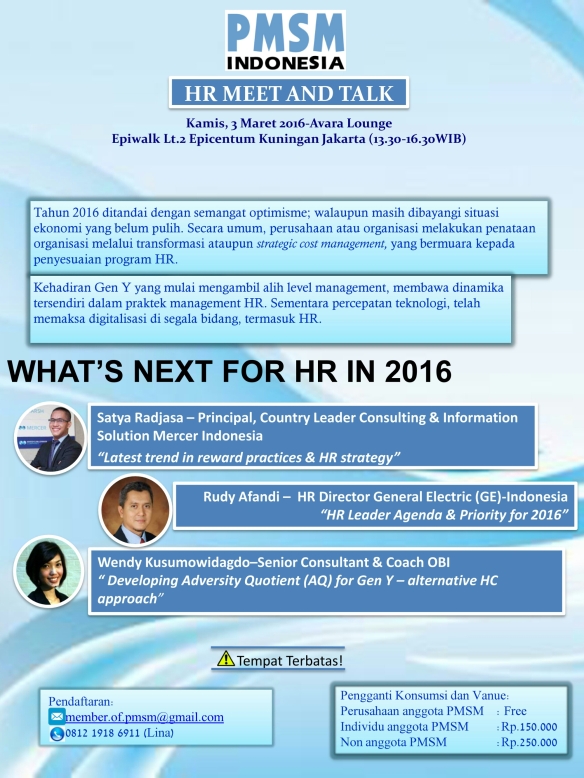When we hear the word conflict, we automatically get worried or scared like it’s some kind of a disease. Yes, so it does have a bad association, but it may not be as bad as it sounds. One of the definitions of conflict according to Webster’s dictionary is opposing action of incompatibles, antagonistic state or action (as of divergent ideas, interests, or persons). Many researchers say that conflict can have a healthy effect on relationships, on a personal level or professional level. In fact, in some group development models, conflict is a required ingredient in order for a team to reach optimum productivity. Some people believe that it’s good to have arguments during courtship to see how compatible you really are with your partner. But the most important part of a conflict is how we resolve it when it happens.
Just because you don’t see it, doesn’t mean it’s not there!

I was advising a company in their relationship building strategy when one of the executives said to me “Ya, this is all good, but our staff never have conflict. We’re all fine”. Many people misconstrue conflict with problems. Just because two people never have an argument, doesn’t mean they don’t have a problem – it might just mean they’re not addressing it.
Conflict comes from all sorts of reasons, differences in value, background, upbringing, personality type to differences in habits, preferences, ego, jealousy. Conflicts are part of life, they’re part of a (healthy) human relationship. Haven’t a married couple had a disagreement about either to squeeze their toothpaste from the bottom or the top? Haven’t we all had a disagreement with our best friend about what movie to watch? At work, haven’t we had disagreements with our colleagues about strategies of completing a project successfully?
Why can conflict be good in strengthening relationships and improving productivity?
When we have a disagreement with someone, it means we have a different opinion, desire or perception, we see the same thing with a different eye. At work, different reasons can trigger conflicts; miscommunications, misunderstandings, lack of role definition, leadership problems, company culture, personality clash. Our attitude towards conflict resolution is what will determine if the relationship will be strengthened, and if we will reach optimum productivity. Some people take the avoidance route in dealing with conflict, while others face the problem and address it. Just be mindful that conflicts continue to fester when ignored, they don’t go away just because we don’t deal with them.
I took an Outward Bound course in high school. During one of our lake expeditions, my canoeing partner and I found ourselves in a stalemate. We were way behind our other teammates and lost our way. We were exhausted, hungry and extremely hot – and to make things worse, we couldn’t seem to row in a straight line or agree on which direction to go. We bickered until we got tired and stayed quiet in the striking heat. Finally we started communicating again and this time really tried to listen to each other’s views. We came to a decision and stuck with it. Before long, we were back on the road (water), found our way and caught up with our teammates.
Conflict Resolution Lesson #1: Problems don’t vaporize into thin air!
I learned a valuable lesson that day, that when we avoid each other and not address the issue, we literally stand still, and nothing gets achieved, and when you come back to it later, it’s still there. When you have an issue with someone from Accounting or Marketing or anyone in your team or company, you need to open communication and address it with them.
Conflict Resolution Lesson #2: We have 2 ears and 1 mouth for a reason.
The other valuable lesson I learned that day was that conflict resolution is an opportunity to grow. When we try to resolve a problem, 2 things are required: speaking and listening. Doing both of them effectively will help in how the conflict will be resolved tremendously.
Speaker: State your views clearly, calmly and respectfully in a non-judgmental manner. Tell them how the problem makes you feel. Sometimes it’s good to acknowledge our emotions if we feel them, such as anger, frustration, disappointment, to get them out of our system. By so doing, it helps to clear the air and to not be holding grudge towards the person in the future. The power of conflict resolution is also humility. Admitting that we’re wrong and apologizing can go miles and miles in restoring and strengthening a relationship.
Listener: Listen, listen, listen! Some conflicts occur because a person just needs to be listened to. One of most important skills in conflict resolution is listening. Sounds easy (no pun intended!), but a lot harder to do. Good listening is really listening to what the person is saying, rather than to what we’re saying in our heads. Also, the other side of humility is forgiveness, and there’s great power in it.
In business, family or friendships, respect is first and foremost. Respect each other’s views, opinions, positions especially during a disagreement.
When we try to resolve an issue with someone, we are opening ourselves to new perspectives (theirs). By listening to their views and accepting them and/or compromising ours, we’re expanding our horizons. We don’t have to agree with their views, but we can agree to disagree. When we try to resolve a conflict, we’re developing our communication repertoire with that person – and essentially building relationships with them.
This article has been published on Outward Bound Indonesia’s blog: http://outwardboundindo.wordpress.com/2012/04/17/conflict-as-a-relationship-building-agent/
0.000000
0.000000










